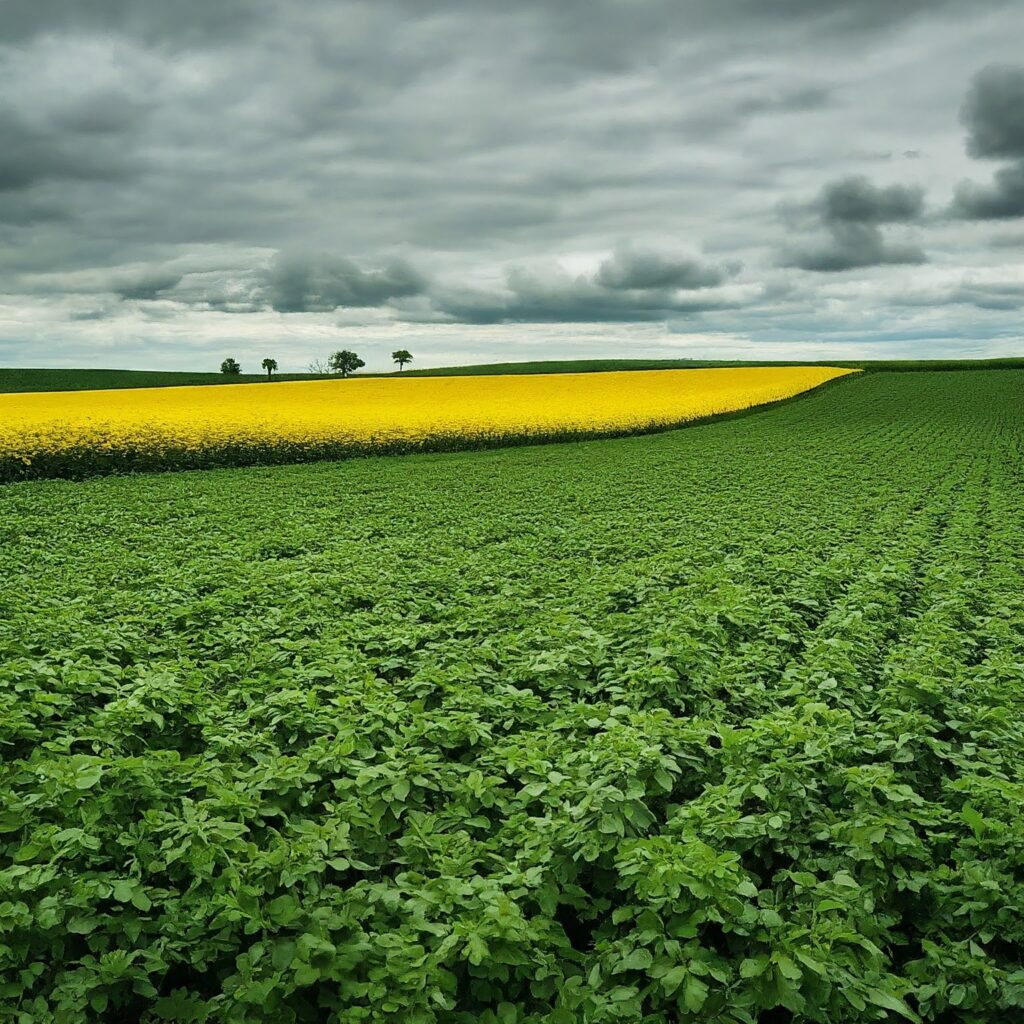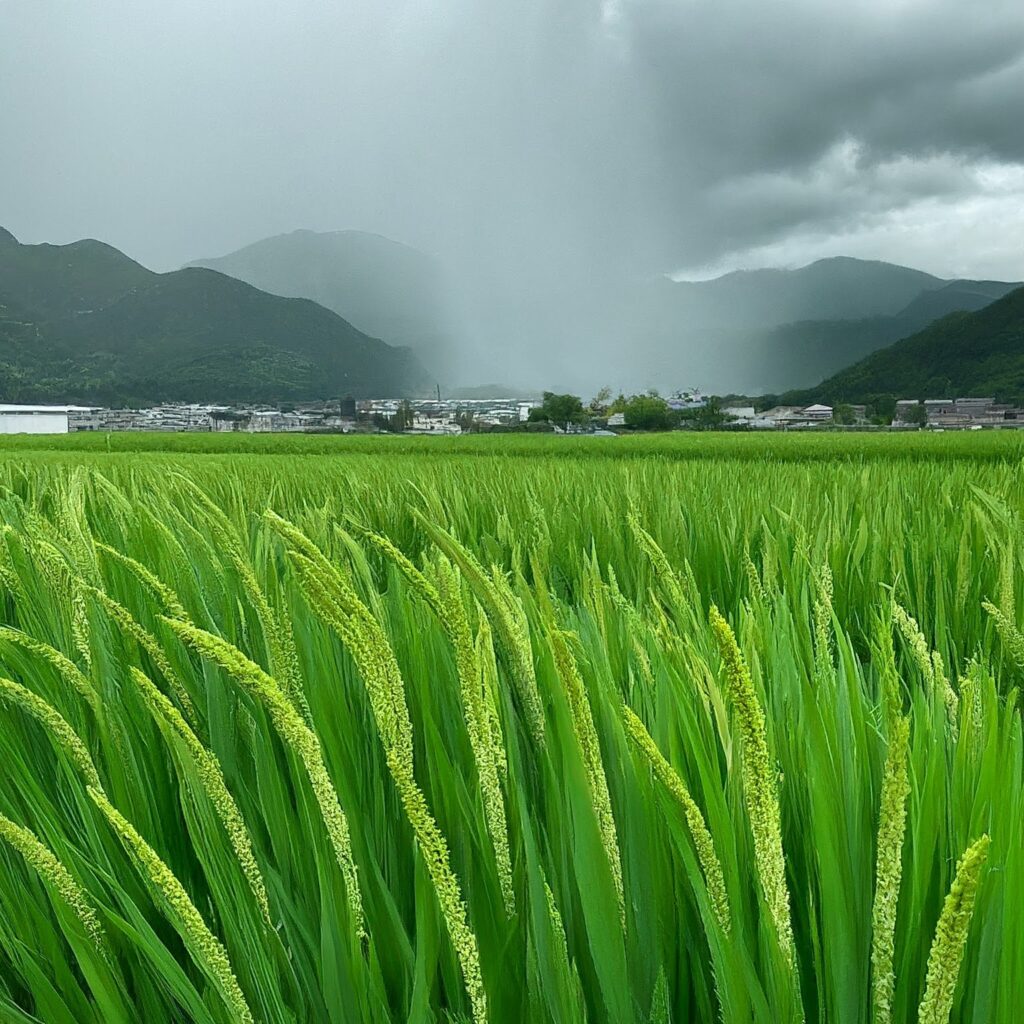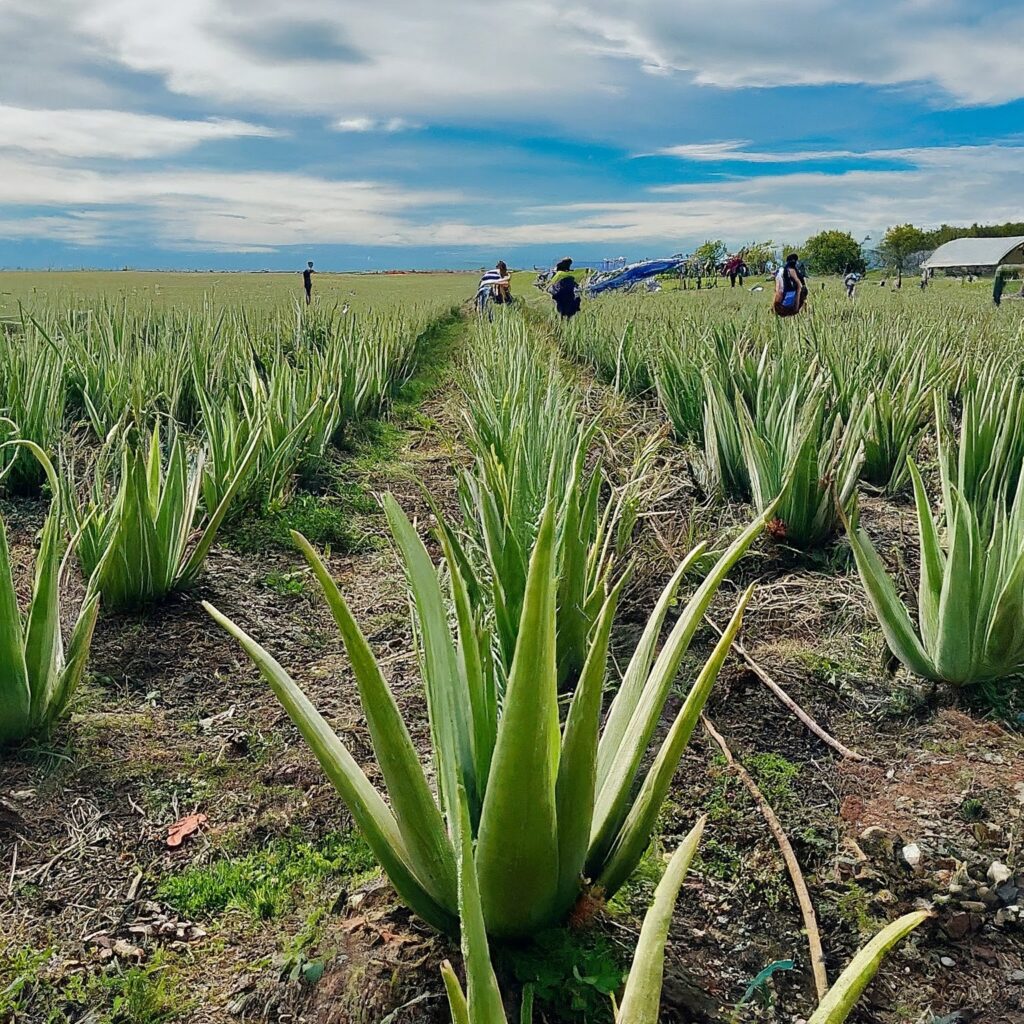The Typology of Agricultural Regions is the classification of different geographical areas based on their agricultural characteristics, practices, and patterns. This classification is typically determined by factors such as climate, soil quality, topography, land use, and agricultural activities prevalent in those regions.

There are various typologies used to classify agricultural regions, and they can vary depending on the purpose or perspective of the classification.
Climate-Based Typology
Climate-based typology is a method of categorizing geographical regions or areas based on their climatic characteristics. This typology relies on climate zones to classify different regions, with each zone having distinct climatic conditions that influence agricultural practices, land use patterns, and natural resource availability in the region.
"Common climate zones used in climate based typology include tropical, subtropical, temperate, and arid regions"
The classification of regions into climate-based typologies is typically based on factors such as temperature, precipitation, humidity, wind patterns, and other climatic variables.
Tropical Regions
These regions are characterized by warm temperatures throughout the year and high levels of precipitation. They are suitable for growing a wide variety of crops, like tropical fruits, rice, and various vegetables etc.

Subtropical Regions
Subtropical regions have moderate to warm temperatures and relatively high humidity. They are suitable for crops like citrus fruits, grapes, and certain types of grains.
Temperate Regions
Temperate regions have moderate temperatures and distinct seasons. It has warm summers and cold winters. These regions are suitable for a wide range of crops, including grains, vegetables, fruits like apples and pears, and various types of livestock.
Arid Regions
Arid regions have low precipitation levels and are characterized by dry conditions. Agriculture in these regions often relies on irrigation techniques to grow crops such as drought-resistant grains, fruits like dates and olives, and certain types of vegetables.

Climate-based typology is essential for understanding and predicting agricultural potential, determining suitable crop varieties, and implementing appropriate agricultural practices in different regions based on their climatic conditions. It also helps in planning for water resource management, soil conservation, and sustainable agricultural development tailored to specific climate zones.
Crop-Based Typology
Crop-based typology is a method used to categorize geographical regions or areas based on the types of crops grown in those areas. This typology focuses on the agricultural practices and patterns related to crop cultivation. For example, regions may be categorized as grain-growing regions, fruit-growing regions, vegetable-growing regions, or regions specializing in cash crops like cotton or sugarcane.

In a crop-based typology, regions are classified based on the predominant types of crops grown, which can vary depending on factors such as climate, soil conditions, water availability, and local agricultural practices. Each region may specialize in certain types of crops, leading to the development of distinct crop-based typologies.
These regions specialize in the cultivation of fruits such as apples, oranges, grapes, bananas, mangoes, and citrus fruits. Fruit-growing regions typically have favorable climatic conditions and soil quality for fruit orchards.
Vegetable-growing regions
These regions concentrate on the production of various vegetables, including tomatoes, potatoes, carrots, lettuce, cucumbers, and peppers. Vegetable-growing regions often have fertile soils and access to irrigation for intensive vegetable cultivation.
Cash crop regions
These regions focus on the cultivation of cash crops, which are grown primarily for sale rather than for subsistence. Examples of cash crops include cotton, sugarcane, tobacco, coffee, tea, and cocoa. Cash crop regions may have specialized agro-climatic conditions suitable for profitable cash crop cultivation.
"Cotton, a cash crop, is widely cultivated in Maharashtra, Gujarat, Andhra Pradesh, Telangana, Madhya Pradesh, Rajasthan, Tamil Nadu, and Karnataka."
Specialty Crop Regions
These regions specialize in the cultivation of high-value specialty crops, such as spices, herbs, nuts, and medicinal plants. Specialty crop regions often require specific environmental conditions and expertise for the successful cultivation of niche crops.

Agriculture is one of the most important economic activities worldwide, and the different types of agricultural regions reflect the diversity of natural conditions, cultural practices, and economic factors that shape agricultural production.